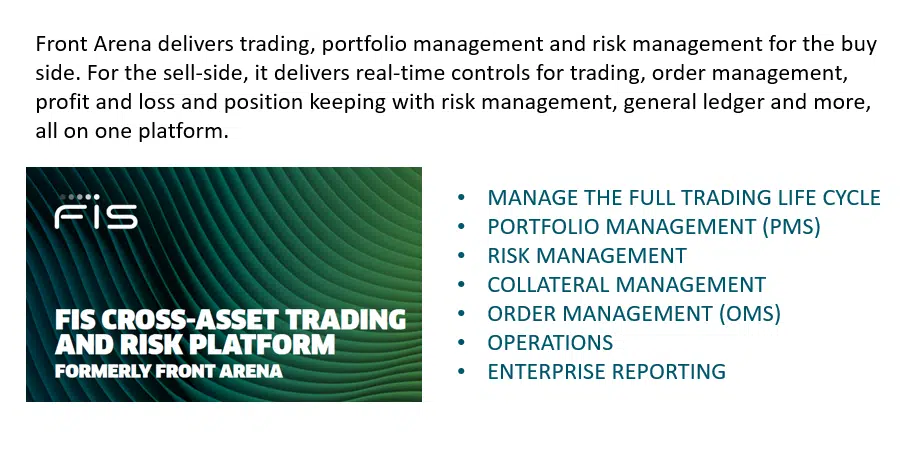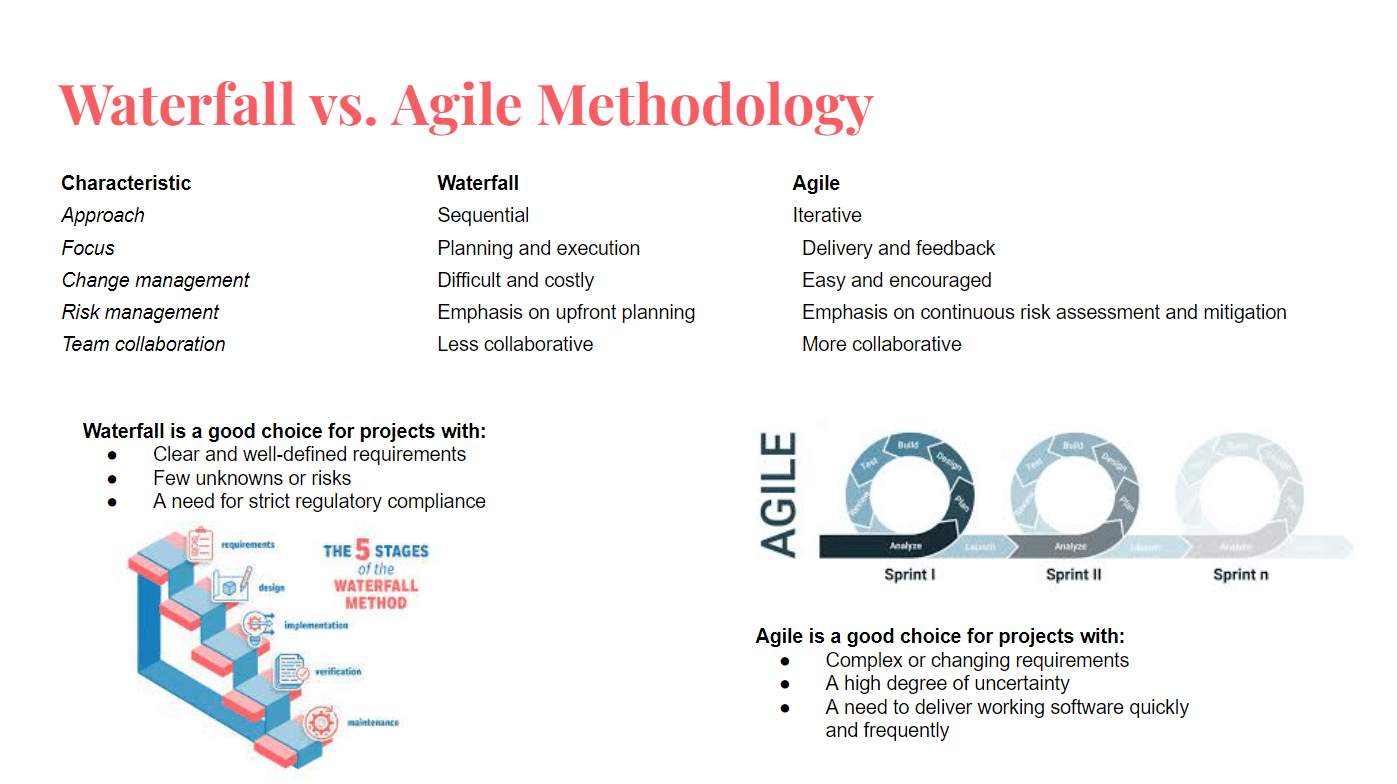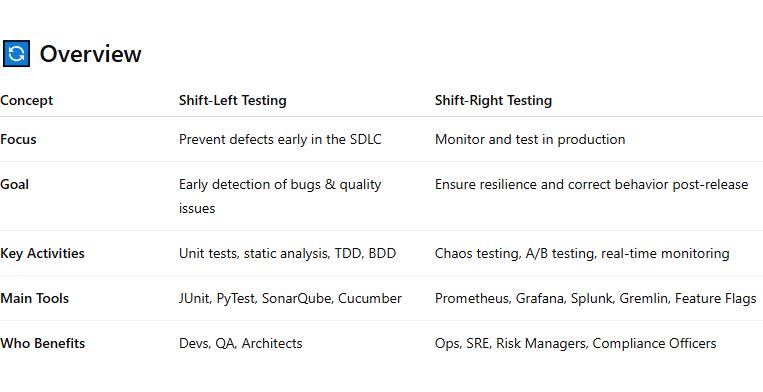In our previous post, we explored the challenges posed by legacy systems in banking. These monolithic platforms, while once effective, now limit agility, scalability, and innovation. To remain competitive, banks must embrace modern architectures and strategies that enable true digital transformation.
🏗️ Modern Architectures: The Foundation for Agility
Several key architectural approaches are revolutionizing banking IT:
🔹 Coreless Banking: Decouples core banking functions into independent, API-driven services. This allows for faster innovation without relying on outdated core systems. 🔹 Open Banking: Expands coreless banking by enabling third-party developers to build applications that integrate with banking services, fostering innovation and collaboration. 🔹 Microservices Architecture: Breaks large applications into smaller, independently deployable services, increasing flexibility, scalability, and resilience. 🔹 Cloud-Native Architecture: Leverages cloud platforms for scalability, cost efficiency, and seamless updates, using technologies like containers and serverless computing. 🔹 Composable Architecture: Combines best-of-breed systems through API connectivity, reducing vendor lock-in and enabling banks to choose the best tools for each function.
📊 According to a recent Forrester report, banks adopting microservices and cloud-native architectures experience a 40% increase in deployment speed and a 30% reduction in operational costs.

🚀 Strategies for Modernization: A Roadmap to Success
To implement these architectures effectively, banks need a well-defined strategy. Key considerations include:
✅ Phased Approach: Instead of a risky “big bang” transformation, modernize gradually by prioritizing high-impact areas. ✅ Business Value Alignment: Focus on initiatives that deliver measurable business outcomes, ensuring technology investments drive growth. ✅ Experimentation & Innovation: Foster a culture of innovation by encouraging teams to explore and iterate on new technologies. ✅ Talent Development: Invest in upskilling IT teams to handle modern systems, cloud computing, and API-driven development. ✅ API Gateways & Service Meshes: Implement robust API management for seamless third-party integrations and microservices communication. ✅ Data-Driven Decision Making: Build data lakes and data warehouses to enhance analytics, AI capabilities, and customer insights. ✅ DevOps & Automation: Accelerate development cycles using CI/CD pipelines, automated testing, and infrastructure as code.
📊 McKinsey research shows that banks adopting DevOps practices reduce software release times by 50%, enhancing their ability to respond to market demands.
📌 Key Criteria for System Evaluation
Before modernizing, banks should assess their current systems based on these key factors:
📌 Business Fit: Does the system align with evolving business needs? 📌 Technical Obsolescence: Is the technology outdated and difficult to maintain? 📌 Maintenance Costs: Are operational expenses becoming unsustainable? 📌 Security Risks: Does the system pose compliance or cybersecurity vulnerabilities? 📌 Scalability: Can it handle future growth and increased transaction volumes? 📌 Integration Capabilities: Can it seamlessly connect with modern solutions?
🌟 Conclusion: Balancing Stability with Digital Agility
Digital transformation is not a one-time project—it’s an ongoing journey. Banks must strike a balance between maintaining core stability and adopting agile, innovative architectures.
By leveraging coreless banking, microservices, open banking, and cloud-native solutions, banks can position themselves for long-term success, unlocking new levels of customer engagement, operational efficiency, and competitive advantage. The key is not just replacing old systems but building a future-ready, adaptable, and customer-centric IT infrastructure. 🚀




One thought on “Modern Architectures and Strategies for Transformation (2/2)”